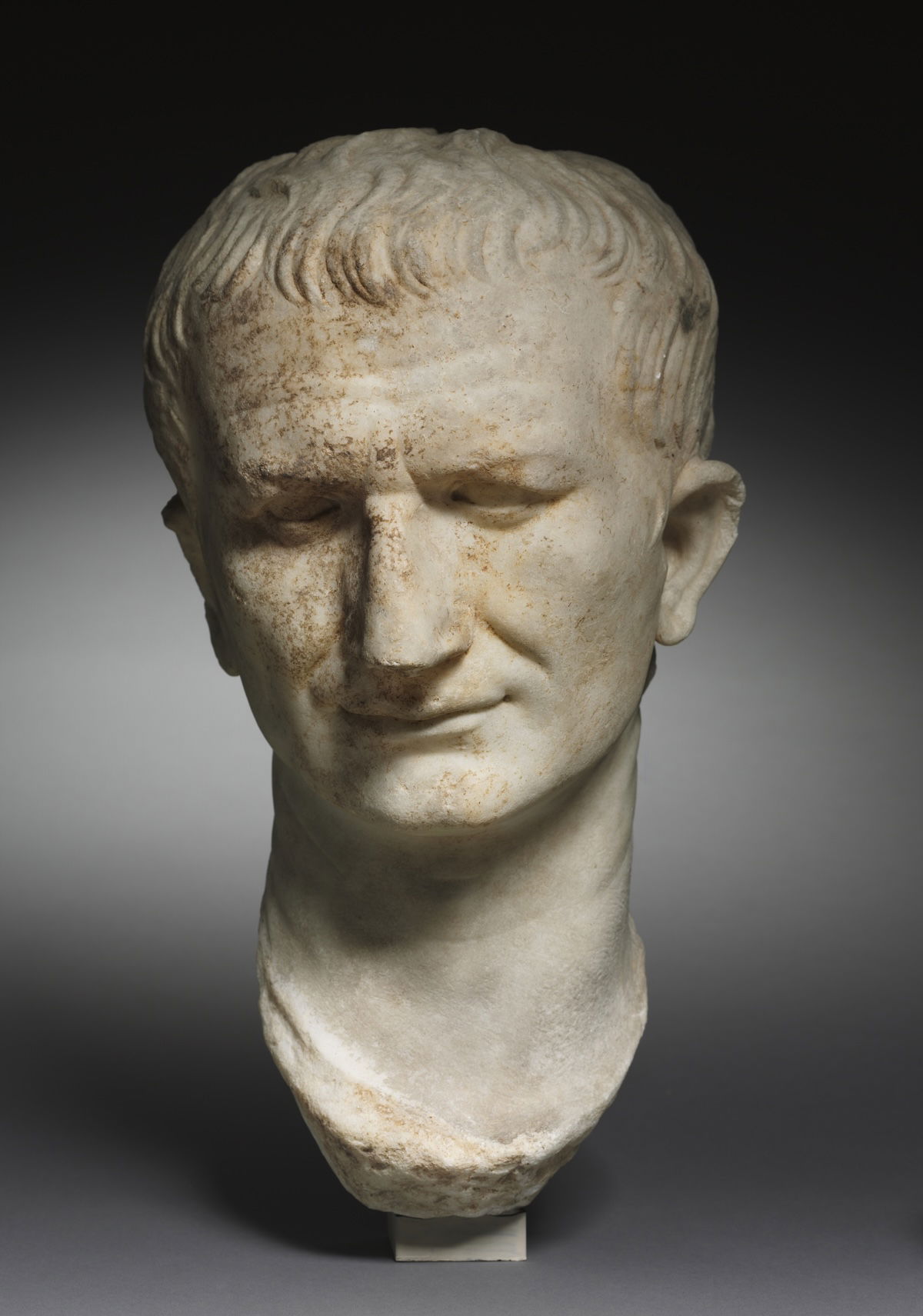The Year of the Four, Five, Six Roman Emperors
For citizens of Ancient Rome, the recurrence of brutal civil war was par for the course. For writers, the Years of the Four, Five and Six Emperors were an opportunity.

During the Roman Empire, outbreaks of civil war (and the assassinations which often preceded them) were generally intended to change the emperor, not the imperial system. Even though there was a brief moment after the emperor Caligula’s assassination in AD 41 when a change in the political system might have been triggered, the rudderless and leaderless soldiers quickly reverted to the reassuring default mode of imperial rule after conveniently finding Claudius hiding behind a curtain and making him emperor.
